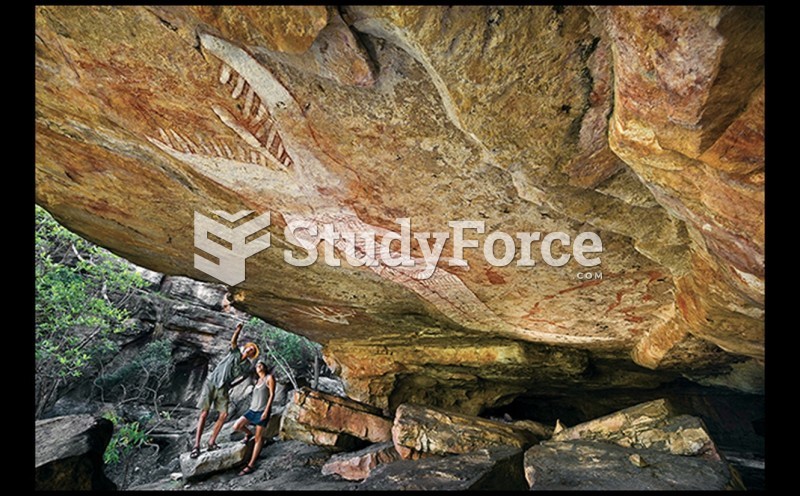|
|
|
Many people have small pouches in their colons that bulge outward through weak spots. Each pouch is called a diverticulum. About 10% of Americans older than age 40 years have diverticulosis, which, when the pouches become infected or inflamed, is called diverticulitis. The main cause of diverticular disease is a low-fiber diet.
After 5 years of being diagnosed with rheumatoid arthritis, one every three patients will no longer be able to work.
Bacteria have flourished on the earth for over three billion years. They were the first life forms on the planet.
About 100 new prescription or over-the-counter drugs come into the U.S. market every year.
Human stomach acid is strong enough to dissolve small pieces of metal such as razor blades or staples.







